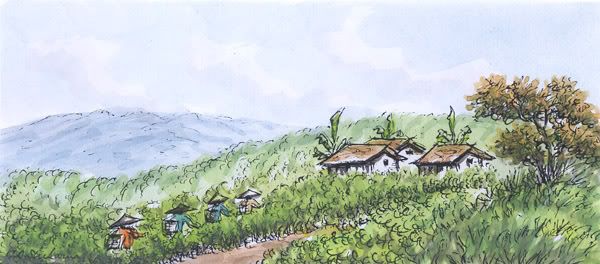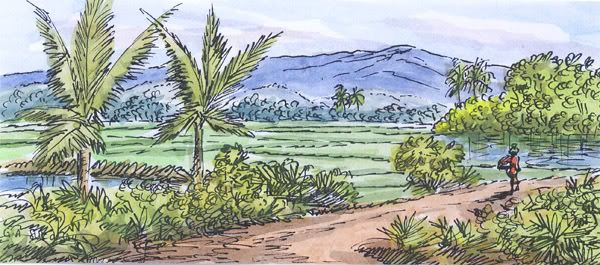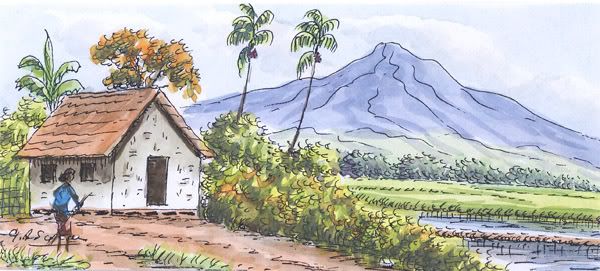 Excuse me, are you going to eat that candy? With wine?! With a 20-year-old tawny port wine?!?!?!
Excuse me, are you going to eat that candy? With wine?! With a 20-year-old tawny port wine?!?!?!Sure, why not!
DCist.com has created a candy-wine pairing suggestions, inspired by 2 New York City's full-service dessert restaurants (they don't serve anything but yummy desserts), ChikaLicious and Room 4 Dessert.
Here are what DCist.com suggests:
Candy Corn + Elio Perrone Moscato d’Asti ($15)
The sheer, slightly effervescent Moscato is the perfect foil for creamy and addictive candy corn. The wine, which is chock full of peach and apricot notes, is a great match for candy corn’s orange dreamsicle flavors.
Hershey's Miniatures + La Sera Red Malvasia ($14)
The old standby of Halloween candy, the bag of Hershey’s miniatures, receives a fun new lease on life when it’s paired with this fuschia-colored fizz that tastes like fresh raspberries. Because this wine is red, and thus has a slightly fuller body, it’s not overwhelmed by the chocolate, which can be difficult to pair because of its thick, mouth-coating texture. Best of all, it handles Special Dark and Krackel with equal aplomb.
Snickers + Taylor Fladgate 20-Year-Old Tawny Port ($50)
A 20-year tawny, which oddly is more an indication of style than of age, is going to set you back a few bucks, but we’ll bet you’ve never had a better high-brow/low-brow pairing. Tawnies have a silky, rich texture that stands up to the thick caramel/nougat/chocolate combo of Snickers. Plus, tawny ports -- especially those with age indicated on the label -- are known for their heady, nutty aromas.
Butterfinger + Chambers Rutherglen Muscat ($17/375 ml)
From Australia comes this liqueur wine that is one of the sweetest in the world. Due to its high sugar content and extremely viscous texture, it is commonly referred to as a "sticky" (spill a drop on the table and you’ll agree). It also smells and tastes just like toffee in alcoholic, liquid form. No better match here than a Butterfinger.
Read the full article here at DCist.com.
My personal favorite dessert-wine pairings are:










 2003 Domaine des Escaravailles “Sassira”, Rasteau, Rhone
2003 Domaine des Escaravailles “Sassira”, Rasteau, Rhone



 As part of
As part of 